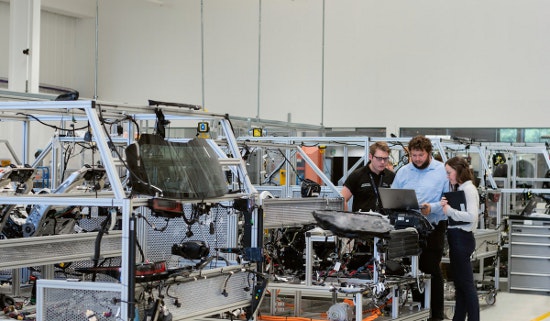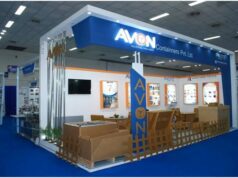Production lines are integral to many businesses, and their success can directly impact the company’s bottom line. Because of this, it is important to ensure production lines are optimized for maximum efficiency. Fortunately, some simple solutions are available to help you improve your production line. Below are seven easy-to-implement solutions to help you increase productivity, reduce costs and improve quality.


1. Automation
Many production lines can benefit from automated processes. Automation can help reduce costs and increase speed by removing the need for manual labor and reducing errors due to human factors. Additionally, automation can help streamline processes, reducing downtime and increasing accuracy.
Companies can use automation to their benefit by using robots to perform certain tasks. Robots are especially useful in hazardous environments, helping keep workers safe while improving production processes. Another option is to use software technology that can automate mundane tasks, eliminating tedious manual labor.
For example, a turnkey ERP solution can be used to automate and manage processes such as purchasing, inventory tracking, scheduling, and invoicing. This way, a company can reduce the time and cost associated with manual labor while streamlining processes and improving accuracy.
2. Lean Manufacturing
Lean manufacturing is a method of production that focuses on eliminating waste while simultaneously maximizing efficiency. Lean manufacturing emphasizes the importance of examining and analyzing existing processes to identify areas that could be improved or eliminated. Companies can then use this knowledge to create a lean and efficient production line that maximizes productivity while reducing waste and costs.
Companies can do this by implementing lean manufacturing using the “5S” approach, which focuses on sorting, straightening, sweeping, standardizing, and sustaining efficient processes. This method helps reduce waste and clutter while creating an environment of continuous improvement.
3. Quality Management Systems
Quality management systems are essential for ensuring consistent quality across products produced on a production line. Companies can ensure that their products continually meet customer expectations by implementing quality assurance programs. Quality management systems also help identify any problems or errors in the production process, helping to reduce rework costs and improve overall efficiency.
Additionally, having a quality management system in place allows companies to gain insight into the performance of their production lines, enabling them to make changes and improvements as needed. This helps keep production lines running smoothly and efficiently for long-term success.
4. Training Programs
Training programs are essential for ensuring high levels of productivity on production lines. By offering comprehensive training sessions and workshops, companies can empower workers with the knowledge and skills necessary for completing tasks quickly and accurately. Additionally, training programs allow employees to stay up-to-date on any new processes or technologies that may be introduced.
Training programs can also help reduce errors, improve safety, and increase employee job satisfaction. By investing in the development of their staff, companies can create a positive work environment and maximize efficiency on their production lines.
5. Teamwork
Teamwork is essential for successful production lines. By fostering collaboration and cooperation, companies can ensure their employees work together towards common goals. Additionally, teams can brainstorm ideas as well as identify improvements that could be made to existing processes.
By encouraging collaboration and communication between workers, companies can promote efficiency while avoiding costly mistakes due to miscommunication or lack of knowledge sharing. Additionally, teamwork helps build trust between team members, leading to a positive work environment.
6. Advanced Technology
Advanced technology can be used to improve production lines in several ways. For instance, automated machines and robotics can help reduce manual labor while increasing productivity. Additionally, companies can use computer-aided design (CAD) programs for product development or advanced sensors for quality assurance and process control.
By making the most of available technologies, companies can optimize their production lines and ensure they run as efficiently as possible. This way, companies can stay competitive and maximize profitability without sacrificing quality or safety.
7. Regular Maintenance
Regular maintenance is essential for ensuring the smooth operation of a production line. Companies should always inspect their equipment and machines to ensure they are functioning properly and without any issues. Companies should also be diligent in replacing worn-out or damaged parts as needed.
Regular maintenance can ensure companies’ production lines are running at optimal efficiency levels and minimize downtime due to unexpected malfunctions. This promotes productivity while avoiding costly repairs or delays in product delivery.
Conclusion
Making improvements to a production line can be daunting, but with the right processes, companies can optimize their production lines and maximize profitability while avoiding costly errors. By investing in quality assurance programs, offering training to employees, fostering teamwork, using advanced technology, and performing regular maintenance on equipment, companies can ensure their production lines are running smoothly and efficiently.









